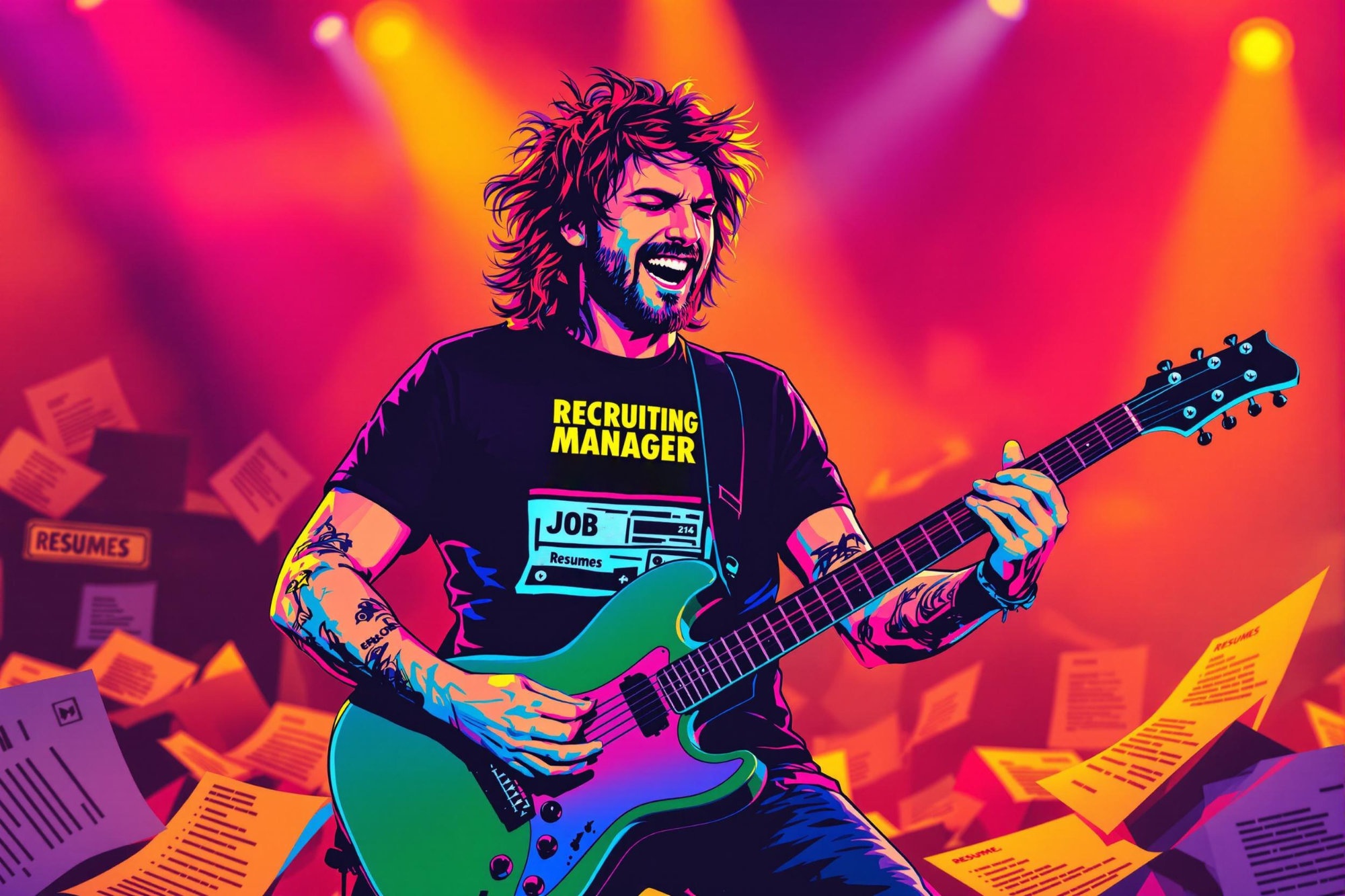
Jib
A jib is a camera crane or boom arm used in video and film production to create smooth, dynamic camera movements. Think of it like a see-saw for cameras that allows operators to get sweeping shots from various heights and angles. It's particularly useful for getting shots that move from low to high positions or for floating over objects, giving videos a professional, cinematic quality. When you see smooth camera movements that glide over a crowd or start at ground level and rise up to show a landscape, that's often done with a jib. It's a fundamental tool in professional video production, and experience with jibs is often mentioned in job descriptions for camera operators and videographers.
Examples in Resumes
Created dynamic event coverage using Jib movements for corporate presentations
Operated Jib systems for live sports broadcasts
Specialized in Jib and Jimmy Jib operation for wedding cinematography
Typical job title: "Jib Operators"
Also try searching for:
Where to Find Jib Operators
Professional Organizations
Online Communities
Job Boards
Example Interview Questions
Senior Level Questions
Q: Can you describe a challenging shot you've executed with a jib and how you planned it?
Expected Answer: A senior operator should explain how they assess location constraints, safety considerations, and technical requirements while describing specific examples of complex shots they've achieved.
Q: How do you train and supervise junior jib operators?
Expected Answer: Should demonstrate leadership experience, teaching methodology, and ability to maintain safety standards while mentoring newer operators.
Mid Level Questions
Q: What safety procedures do you follow when setting up and operating a jib?
Expected Answer: Should discuss weight balancing, equipment checks, communication with team members, and awareness of surroundings during operation.
Q: How do you coordinate with directors and camera operators to achieve desired shots?
Expected Answer: Should explain communication methods, understanding shot lists, and ability to translate creative vision into technical execution.
Junior Level Questions
Q: What are the basic parts of a jib and how do you set one up?
Expected Answer: Should be able to name main components (boom arm, counterweight, head mount) and describe basic assembly process and safety checks.
Q: What types of shots can you achieve with a jib?
Expected Answer: Should describe basic movements like boom up/down, arc movements, and explain when these shots might be appropriate to use.
Experience Level Indicators
Junior (0-2 years)
- Basic jib setup and operation
- Understanding of safety procedures
- Simple camera movements
- Team communication
Mid (2-5 years)
- Complex shot execution
- Various jib system operation
- Live event experience
- Problem-solving under pressure
Senior (5+ years)
- Advanced technical expertise
- Team leadership
- Complex shot planning
- Training and supervision
Red Flags to Watch For
- Unfamiliarity with basic safety procedures
- No hands-on experience with actual jib equipment
- Lack of team communication skills
- No understanding of weight balance principles
- Unable to describe basic camera movements




